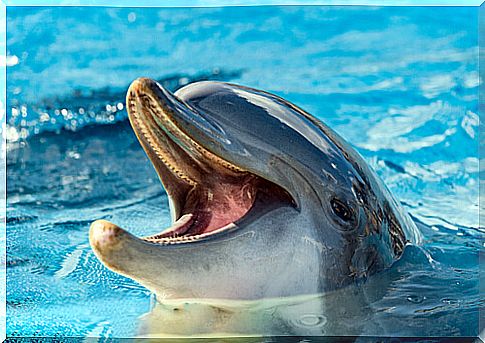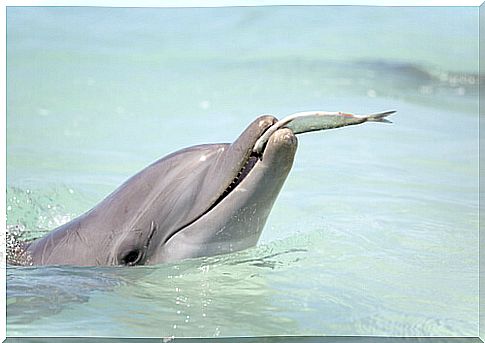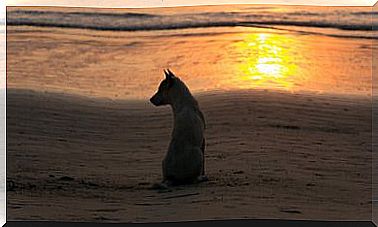Dolphin Feeding

Dolphins are carnivorous mammals that often act as active predators in their habitats and usually hunt in groups. Their diet can be very varied, according to the availability of food in their environment and the time of year. Next, we will tell you more about the feeding of dolphins and their hunting techniques.
What do we know about the feeding of dolphins?
Much of our knowledge of dolphin behavior is based on research conducted in captivity. However, such observations are not usually very effective when it comes to understanding the feeding of these cetaceans, basically because the dolphins are not able to carry out their hunting habits freely.
Thanks to the advancement of technologies, we have underwater videos and photographs that portray how dolphins capture their prey in medium-depth waters . However, such records are not enough to establish a firm theory about their eating habits.
Given the difficulty of conducting continuous research in the oceans, it is very complex to monitor groups of dolphins. This would be the ideal way to verify their hunting techniques and selection of prey in their natural habitat; however, the methods to carry out such monitoring are scarce and expensive.
Therefore, to this day what we know about the feeding of dolphins is based largely on studies carried out on individuals found dead in coastal areas. From the analysis of the elements found in your digestive tract, you can estimate the composition of your diet.

What do dolphins eat and how much do they eat?
Considering the biodiversity of the oceans, the feeding of the dolphins is based mainly on the consumption of bony fish. His ‘favorite’ species include cod, herring, mackerel and red mullet. However, dolphins also tend to consume crustaceans, squid and octopus.
In reality, dolphins do not tend to behave as very selective hunters in relation to their prey. These cetaceans usually meet their nutritional needs by consuming the most abundant species on each occasion. And their diet can be very varied, depending on the availability of food in each environment and time of year.
How much does a dolphin eat? In general terms, it is estimated that these cetaceans must consume the equivalent of 1/3 of their body weight to meet their nutritional needs. However, the exact amount of food eaten daily by each dolphin varies depending on the quality of food available in its environment.
In short, the more nutritious the prey, the less food the animal will need to consume. For example, fish with a high fat and protein content would be an ideal food because they offer a high energy supply to the dolphin.

Echolocation and hunting techniques for dolphins
Dolphins often use the echolocation system in their search for food in the vast ocean. In other words, a dolphin emits sound waves that function as a kind of radar, which ‘collides’ with the dam and informs its spatial location.
This method is often used during group ‘hunts’, where the dolphins gather in a ‘U’ or circle around the fish. After locating and encircling their prey, the dolphins take turns feeding safely and efficiently. While some individuals eat, others maintain their formation to prevent prey from escaping.
Some species have also developed opportunistic / collaborative methods to facilitate their hunting efforts. And all this through teamwork. A good example is the bottlenose dolphins of Africa, who establish an interesting cooperation with local fishermen, a kind of teamwork.
These cetaceans ‘push’ the fish down to the shallower waters, where the fishing nets are located that facilitate their work of gathering and controlling the prey. So fishermen expect the dolphins to eat then stow their nets with fish caught.
Migratory habits and feeding of dolphins
Many species of dolphins maintain periodic migratory habits to search for food. In case the groups stay in the same place for a long time, the food would quickly run out. Therefore, they periodically travel to different ‘feeding grounds’ and can alter their habitat several times a year in search of food.









